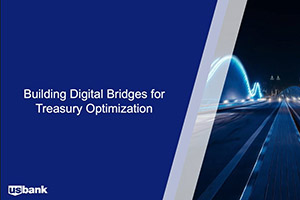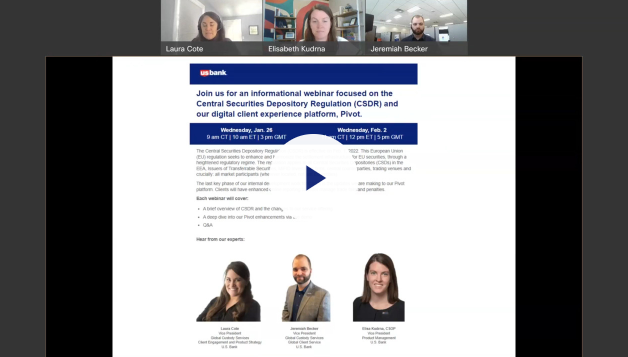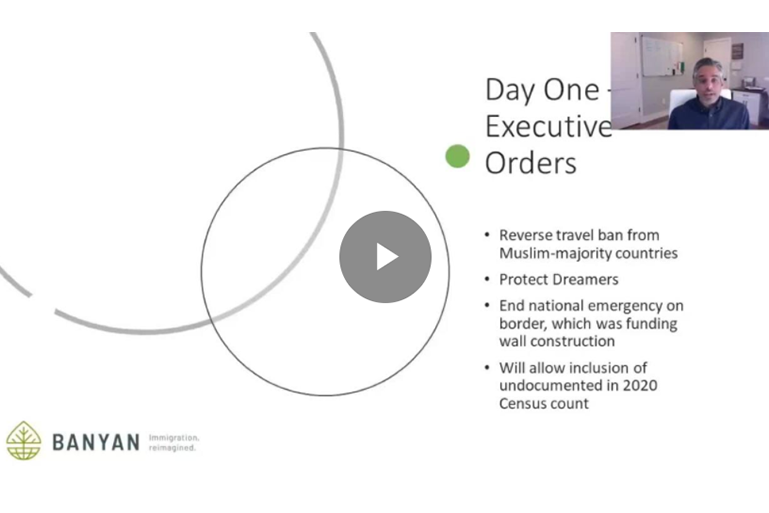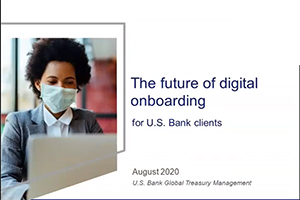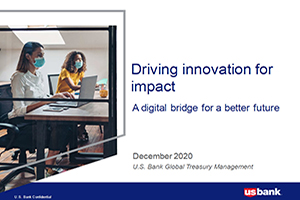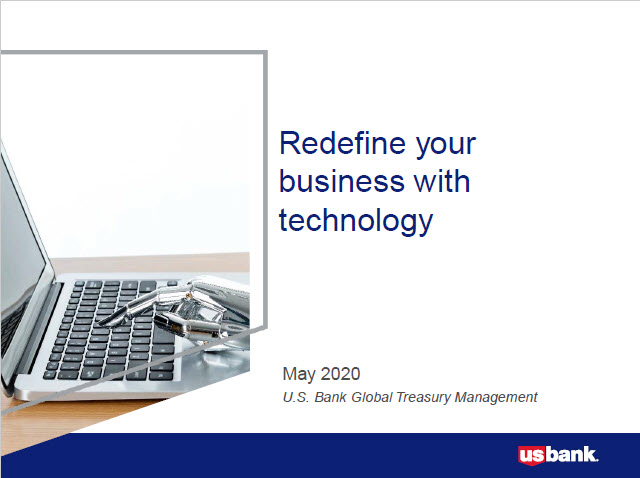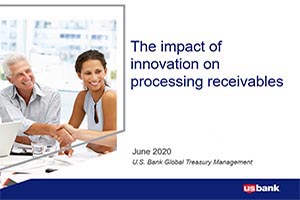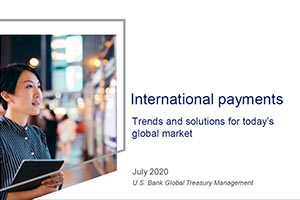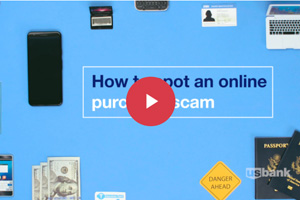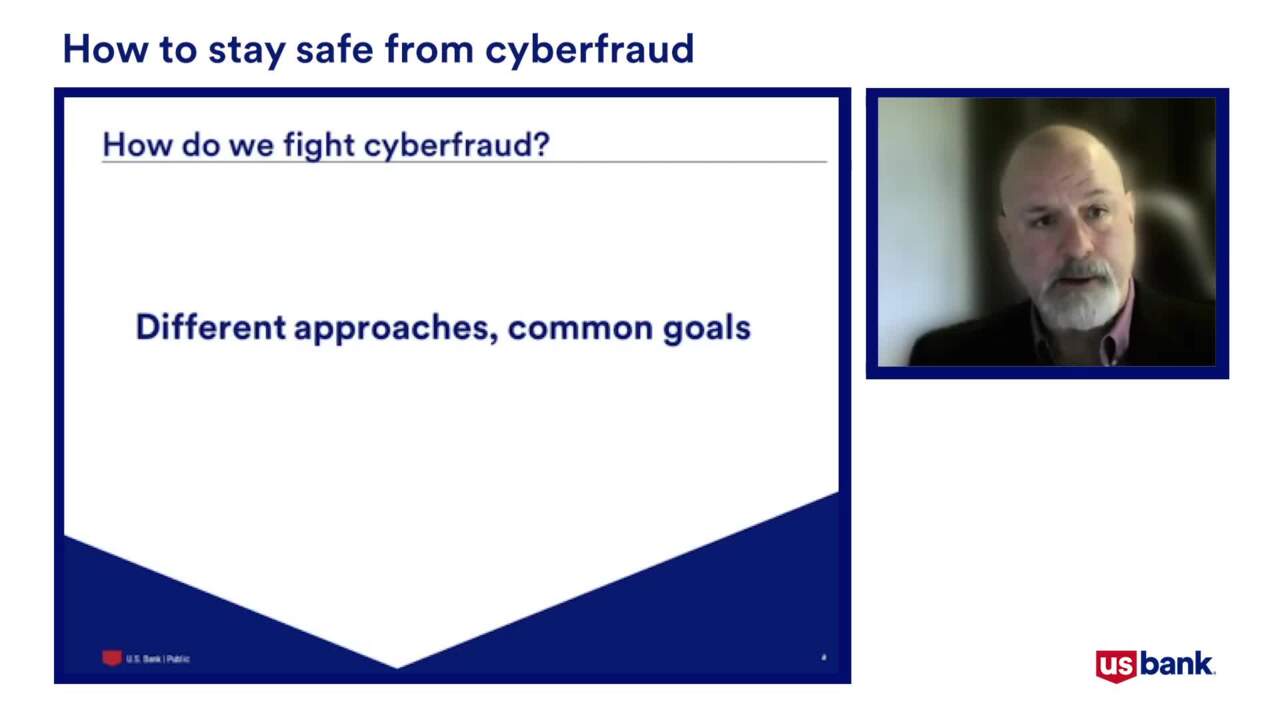Although fraud prevention and mitigation is a concern for all organizations, local governments have extra reasons to be vigilant about fraud threats as we emerge from the pandemic.
One of the many challenges that governments face is the escalation of cyber fraud over the past few years. The rise in remote work that became popular during the COVID-19 pandemic created additional security concerns at a time that saw an increase in government funds being disbursed and therefore put at risk. As if that wasn’t enough, additional security threats continue to emerge as fraudsters capitalize on geopolitical events like Russia’s invasion of Ukraine to target new phishing attacks.
As a result, local governments now face a new normal that requires devoting even more attention to fraud prevention and mitigation. Fortunately, though, some of the most effective ways to protect against these newly developed security threats are to utilize best practices that have been successful against similar threats in the past.
New security threats are part of the new normal
“We've seen a very large uptick in fraud attempts and I think it’s a serious concern for most municipalities,” says Kevin Weeks, sales head for U.S. Bank Global Corporate Trust and Custody. “Some of it is the result of people working from home and the normal patterns being broken up, including the use of personal email addresses for traditional business purposes.”
Business email compromise (BEC) scams have been around almost as long as email itself – and they aren’t just limited to business. Most anybody that uses email to communicate can be tricked into giving up important information to a fake emailer, but entities that make large electronic payments have the most at risk. Worse yet, scam types expanded during the pandemic. For example, the FBI recently warned state and local government officials about invoice-themed phishing emails that could be used to harvest officials’ login credentials.
“It used to be that a fraudster would impersonate a government entity and direct the bank to release millions of dollars,” says Weeks. “Now the government entity is thinking they are working with their vendor or whomever, and they get new wire or ACH instructions, and they don't realize their vendor has been hacked.”
“People are able to spoof the e-mails to get the governments to change things like bank account numbers and payment schedules,” says Lee Strom, senior vice president and government banking division manager for U.S. Bank Corporate and Commercial Banking. “Money is being sent to fraudulent accounts rather than their vendors, employees or constituents.”
Thread hijacking, cyber extortion and the rise of hacktivism
In addition to the existing email threats, governments should be aware of another batch of fraud attacks that escalated during the pandemic. Thread hijacking, cyber extortion and hacktivism all target the most common vulnerability in computer systems – the people using them.
“Attackers are capitalizing on people being distracted, hurried, not paying attention,” says Jacqueline Sullivan, vice president for security operations coordination, information security services, at U.S. Bank. “Government organizations are extremely vulnerable because their networks host a great deal of sensitive information.”
Thread hijacking is a type of BEC attack that takes-over an old email thread. Attackers compromise an account involved in the thread through a phishing expedition and then insert themselves in the conversation.
“They look for threads that haven’t been active recently, and then spoof that email,” Sullivan says. “They study the language of the thread and insert directions to send money with details that seem to fit into the thread.”
Cyber extortion involves the use of malicious software such as ransomware. Cyber-criminals infiltrate the computer system, lock and/or remove files, and demand payment. Bitcoin is the payment instrument of choice, because it’s difficult to trace.
“It seems that as the value of Bitcoin goes up, ransomware goes up. When Bitcoin goes down, hackers turn back to BEC,” Sullivan explains. “They can’t change payment instructions to be paid in Bitcoin. That would raise red flags.” In the public sector, colleges and universities have been increasingly targeted for cyber extortion.
Hacktivism involves the use of hacking and other attacks as a form of civil disobedience to promote a political agenda or social change. “It is not financially motivated,” she says. “Instead, the attackers are motivated to bring down governments and cause chaos and mayhem.”
Fraud prevention begins with preparation
Although the BEC scams continue to expand, it’s important to remember that they all have similarities to previous types of phishing attacks. An imposter is using familiar, trusted communication channels to either obtain valuable data or deliver fraudulent instructions. As such, time-tested best practices remain effective when receiving instructions via email.
“If a government employee is getting any new directions from a vendor that they’ve been working with for years, they should at least do a follow-up call,” says Weeks. “If your client is suddenly changing instructions on where to be paid, it would be important to validate that some other way and not just blindly accept it via email.”
To protect against the threat of fraudulent email attacks, government agencies should adopt and train staff on these foundational fraud prevention strategies:x
- Email policies and training: Educate employees about common red flags for phishing emails like misspelled words or odd variations of domain names. Establish formal reporting and investigation procedures for when an employee receives a suspicious or unusual email request from an internal or external contact.
- Vendor account management: Record the individuals who will act as the primary contacts for each vendor and will be responsible for verifying any changes to account information. Regularly confirm the accuracy of this contact information.
- Dual approval for vendor payments: Use a second set of eyes on payments and supporting documentation to allow for further scrutiny of the authenticity of the instructions.
- Vendor payment notification for large payments: Identify criteria for high-value or high-risk payments. Include a follow-up with your primary vendor contact to make sure they received the funds. Review your current policies and controls for email use, vendor management, and accounts payable.













